Description
Long Description:
An OLED (Organic Light-Emitting Diode) display is a compact, energy-efficient screen commonly used in electronics projects to provide clear and bright visual output. Unlike traditional displays, OLEDs do not require a backlight, as each pixel emits its own light. This feature allows OLEDs to have high contrast ratios, deep blacks, and vibrant colors while consuming less power.
- Display Type and Technology: OLED displays use organic compounds that emit light when an electrical current passes through them. Each pixel on the screen is self-illuminating, meaning that there is no need for a backlight, resulting in lower power consumption and thinner display panels compared to LCD screens.
- Size and Resolution: OLED displays used in hobby electronics typically range from 0.96 inches to 1.3 inches in size. Common resolutions include 128×64 pixels and 128×32 pixels, which are sufficient for displaying text, icons, graphs, and basic animations. Despite the small size, OLEDs offer excellent readability due to their high contrast and sharpness.
- Interfaces (I2C and SPI): OLED displays usually come with either an I2C or SPI communication interface, making them compatible with a wide range of microcontrollers such as Arduino, ESP32, Raspberry Pi, and other development boards. The I2C interface is popular for its simplicity, using only two communication lines (SDA and SCL), while SPI offers faster data transmission speeds for more responsive displays.
- Low Power Consumption: One of the key advantages of OLED displays is their low power consumption, as they only use power for illuminating the active pixels. This makes them ideal for battery-powered projects like wearable devices or IoT applications, where power efficiency is a priority.
- Contrast and Visibility: OLED screens are known for their excellent contrast and wide viewing angles, as each pixel can turn completely off to achieve a true black color. This makes the display highly visible even in low-light environments. The vivid color display and sharp text rendering make OLEDs superior for visually appealing outputs.
- Applications:
- Wearable Devices: OLED displays are commonly used in smartwatches, fitness trackers, and other wearables due to their low power consumption and clear display.
- IoT Projects: OLEDs provide a compact and efficient way to display sensor readings, system statuses, and other data in IoT devices.
- DIY Electronics: OLED displays are a popular choice for DIY electronics projects, such as Arduino-based weather stations, clocks, or control panels.
- Portable Devices: Their small size and low power usage make OLEDs a good fit for portable, battery-operated gadgets.
- Display Control and Libraries: There are several libraries available (like Adafruit GFX and U8g2) to make controlling the OLED display easy. These libraries offer built-in functions to display text, draw shapes, and manage bitmaps, helping developers quickly integrate OLED displays into their projects.
- Advantages:
- Self-Luminous Pixels: No backlight needed, providing deeper blacks and better contrast.
- Low Power: Ideal for battery-operated devices due to low energy consumption.
- Compact and Lightweight: Small form factor fits easily into embedded systems.
- Easy Interface: Simple communication via I2C or SPI makes them compatible with popular microcontrollers.
Conclusion:
OLED displays are a fantastic option for developers looking to add a small, energy-efficient, and high-contrast display to their projects. Their use in IoT, wearables, and DIY electronics highlights their versatility, offering sharp, bright visuals while consuming minimal power. Whether for displaying sensor data, notifications, or simple animations, OLED screens provide a high-quality visual output in a compact package.
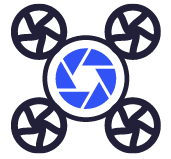
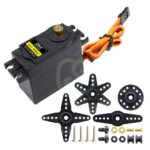
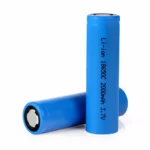


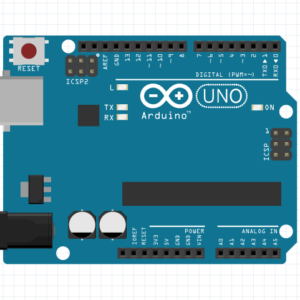

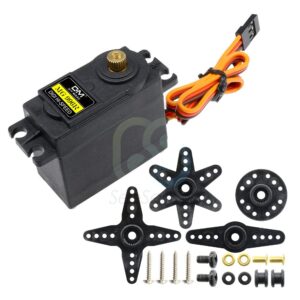
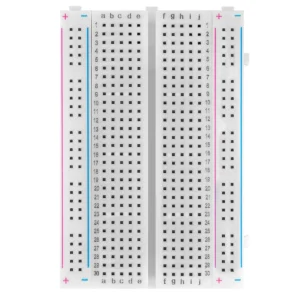
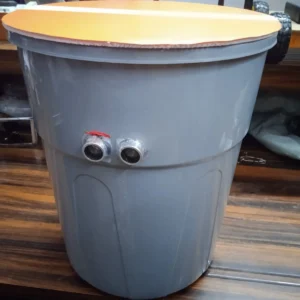 IOT based Smart Dustbin
IOT based Smart Dustbin
Reviews
There are no reviews yet.